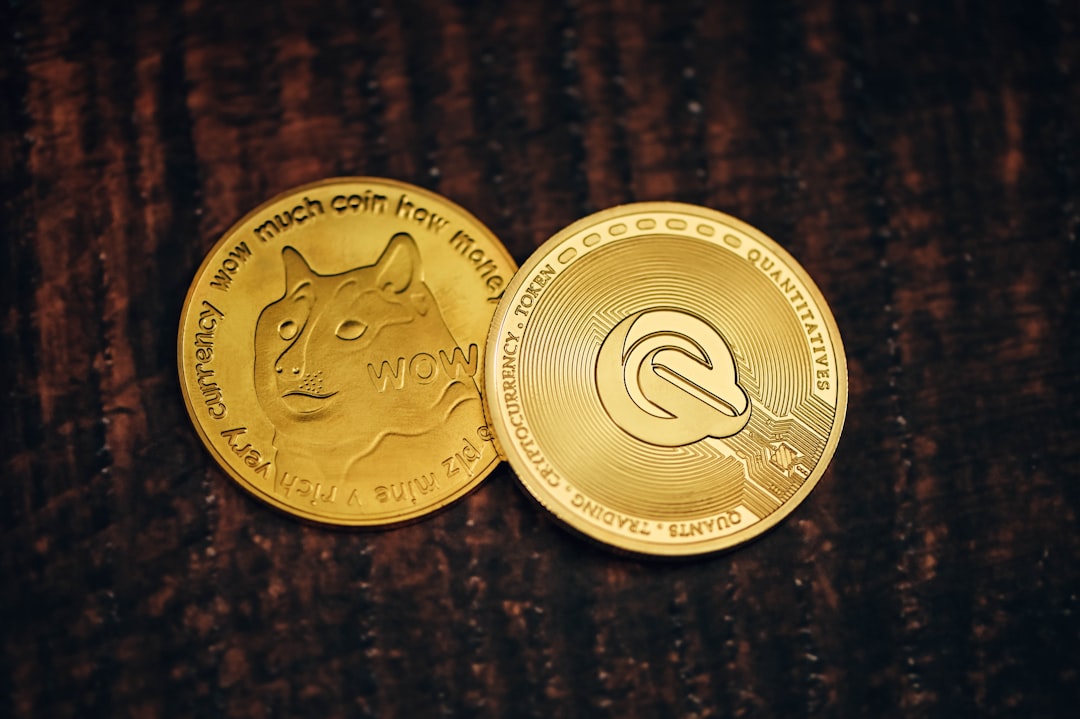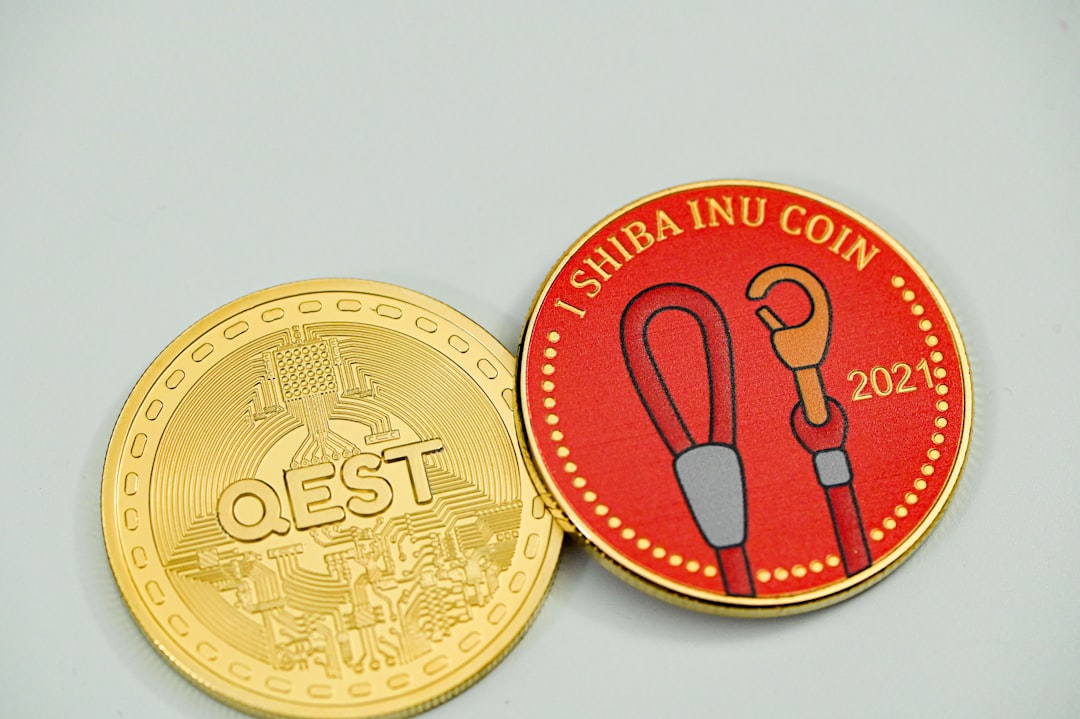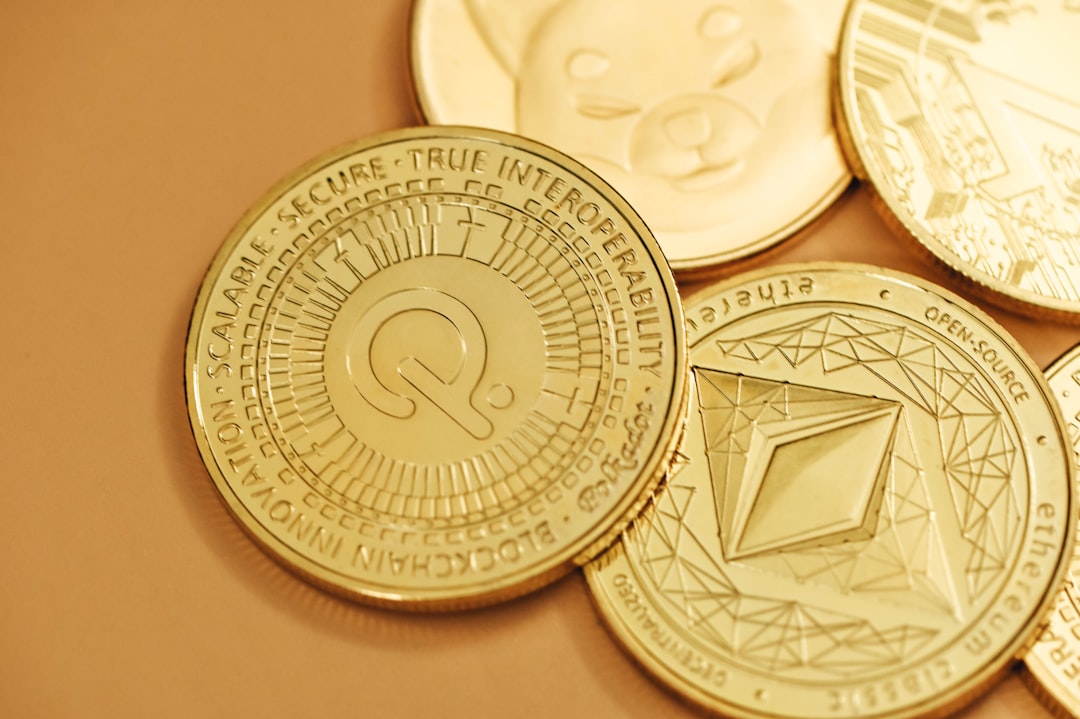

Engage prospects with a scan and streamline customer engagement with FREE QR code marketing tools by Sona – no strings attached!
Create a Free QR CodeFree consultation

No commitment

Engage prospects with a scan and streamline customer engagement with FREE QR code marketing tools by Sona – no strings attached!
Create a Free QR CodeFree consultation

No commitment
In today's digitally connected world, collectible coin card sellers face growing pressure to earn trust and deliver seamless experiences. Many still rely on printed catalogs, paper certificates, and static displays to authenticate and market rare items, yet this approach risks slowing sales, obscuring a coin’s provenance, or missing valuable buyer insights—especially when high-value prospects browse without leaving a trail. The lack of real-time engagement and account-level visibility can mean prime opportunities slip by unnoticed. Learn more about account identification.
QR codes have emerged as a crucial bridge connecting the tangible and digital worlds for collectible coin card sellers. By simply scanning a code, sellers can grant collectors instant access to detailed provenance records, grading details, authentication updates, and interactive extras, all without the delays or ambiguity of paper documentation. This empowers buyers with transparency and confidence in their purchase while giving sellers the ability to track scan activity, see the Sona QR overview, identify interested accounts that previously remained anonymous, and gain critical behavioral insights for follow-up.
Integrating QR codes into the collectible coin card sales process is transforming the landscape for both buyers and sellers. Enhanced transparency, more responsive engagement, and actionable data collection help sellers build relationships, personalize follow-up, and avoid missing potential high-value customers. This guide explores how QR codes address pivotal challenges in the coin collectibles space, highlighting practical QR marketing strategies that support higher conversion and deeper trust without the friction of legacy methods.

Conversion friction is a persistent challenge in the collectible coin card market. Sellers frequently lose track of high-intent prospects who examine unique pieces but never engage beyond a physical display. Printed brochures, loose paper COAs, and static shelf talkers often fail to move curious browsers into a defined digital journey. Without a seamless digital touchpoint, these valuable leads remain hidden, creating the risk of lost sales and unmeasurable campaign performance.
QR codes simplify the conversion path by turning every physical item, display, or encounter into an actionable moment. A single scan can reveal real-time grading updates, verify authenticity, play a short video about coin history, or apply a limited-time offer that encourages the next step. With dynamic QR codes, sellers can adapt messaging by inventory status or buyer segment, which reduces friction and shortens the time from consideration to purchase. Scan analytics provide a new layer of insight: which items drew interest, where scans happened, and whether curiosity converted to checkout or contact.
To operationalize the approach, define how each QR touchpoint contributes to a specific business goal. Replace printed appraisals with scan-to-view certificates that update automatically. Retire paper sign-up sheets at shows with scan-to-join lists that feed directly into your CRM. Redirect catalog readers from static SKU pages to rich, mobile-optimized experiences that showcase provenance and pricing guidance. Sona QR supports this transition by giving you a centralized way to create dynamic codes, route scanners to context-aware destinations, and track performance across placements and campaigns.

Proving authenticity and providing timely details remain major obstacles in this industry, especially as collectors expect transparency before making decisions. Traditional methods rely on paper documentation and generic information that can quickly become outdated. QR codes solve these hurdles by linking offline interest to online depth in a way that is instant and measurable. They are particularly effective for dealers working with limited inventory, time-sensitive offers, and buyers who research extensively before committing.
For coin card sellers, the benefits span both marketing and operations. QR-enabled journeys turn booth signage, slabs, and packaging into a digital funnel that captures intent at the source. Scan activity reveals which cards, shows, or campaigns are generating genuine interest, so teams can tailor follow-up and prioritize outreach. When a prospect verifies authenticity but does not purchase, that scan becomes a retargeting playbook rather than a lost moment. For businesses struggling with incomplete buyer data or missed leads, QR-driven engagement provides a second chance to surface and pursue those opportunities.

Sellers often struggle to balance comprehensive information delivery with ease of access. QR codes solve this by offering formats that align with common interactions in the collectibles world. The right format ensures buyers land on the best destination for their intent.
Dynamic QR codes are recommended for most coin card scenarios as they allow you to edit destinations, enable tracking, and run A/B tests without reprinting. Static codes make sense for evergreen content such as a general contact page or a permanent how-to-care guide.

Growth often stalls when data goes dark. Coin shows, club meetings, auction previews, and storefront browsing generate lots of offline attention but little that can be measured or followed up. Strategic QR placements reveal which surfaces and situations are producing intent, so you can invest confidently.
At public events like national conventions or local fairs, QR codes on booth banners and item trays let serious buyers verify authenticity and join a VIP list on the spot. In-store, placement on price holders, slab sleeves, and display cases turns idle interest into a retargetable signal. For remote buyers, direct mail with personalized QR codes can route individuals to curated pages that match their collecting patterns, giving you account-level visibility. Use event banners to catch attention where it’s highest.
QR codes shine when they connect a buyer’s curiosity to proof, context, and a next step. These use cases reflect common moments in the coin card journey where a small digital nudge creates measurable impact.
Each QR scan is a moment of intent that contains clues about the buyer’s motivation. By deploying QR codes across your catalog, displays, and marketing collateral, you can segment audiences automatically and follow up with relevance. This converts anonymous interest into identifiable segments that your sales and marketing teams can nurture. Browse the use case library for segmentation ideas.
Start by tagging QR codes according to context, item type, and funnel stage. For example, coins scanned in the rare or graded category indicate higher-value interest than introductory commemoratives. Scans from a national show might suggest travel-ready collectors who could respond to VIP previews, while scans from a local storefront might indicate community-oriented buyers who prefer in-person pickup. With Sona QR, each code can carry metadata that maps directly to CRM fields and ad platform audiences.
With Sona QR, each scan becomes a smart entry point into your funnel. You can build audiences based on real behavior, not assumptions, and keep your retargeting spend focused on collectors who are actively signaling intent.
QR codes are most effective when they connect your physical presence with your digital stack. In the collectibles market, that means embedding scannable touchpoints across every place your inventory or brand appears. This turns static materials into measurable media and ensures your message travels with each item.
Choreograph these placements with a centralized platform like Sona QR. Manage all codes, monitor performance, and sync scan data with your CRM and ad platforms so your offline investments produce digital momentum.
Sellers often face confusion around where to start or how to ensure campaigns drive results rather than noise. Use this repeatable checklist to plan, launch, and optimize in a way that matches the coin collectibles journey and your inventory cycles.
Decide what business outcome the campaign should produce and tie it to collector behavior. Examples include capturing pre-bids on a limited run, verifying authenticity at the case, or building a VIP list for an upcoming drop. Prioritize use cases where interest is high and proof or personalization will reduce hesitation.
Choose the format and flexibility you need. In collectibles, dynamic QR codes are usually best because inventory moves and offers evolve. Static codes fit evergreen assets like a general contact page or a care guide.
A QR code is only as effective as its visibility and clarity. Treat the design like a CTA button. Make it unmistakable, high contrast, and supported by a promise that is worth the scan.
Match placements to the interactions that already happen in your business. Focus on surfaces with the highest attention and the biggest measurement gaps.
Treat QR like a measurable channel. Use analytics to learn which items, placements, and messages drive action, then iterate quickly.
Many sellers struggle to attribute offline attribution activity to final sales, which makes it difficult to justify marketing spend and improve buyer journeys. Knowing someone scanned a code is useful, but without tying that engagement to a conversion event, you are missing the full story. Did the scan lead to a pre-bid, a valuation request, a sales conversation, or a purchase? Traditional tools often stop at the scan, which leaves teams guessing.
Sona QR and Sona.com close this gap. Sona QR captures the details of every scan, while Sona.com connects those engagements to your CRM and revenue outcomes. That way, you can prove the impact of a specific placement or campaign and decide where to invest next.
The result is a performance system where offline attention becomes data, and data becomes action. You can see which moments lead to value and intervene earlier when interest is at risk of fading.
Practical execution makes the difference between a code that gets ignored and a code that drives conversion. These tips reflect what works best on the show floor, in stores, and in direct mail for coin card sellers.
Creative illustration: Use QR-embedded loyalty medallions or collector club cards that unlock limited-edition viewing rooms or early-bird auction windows, like QR code coins or challenge coins used as business cards. This turns post-purchase silence into steady community engagement and gives you a reliable way to measure and reward loyalty.

Real-world outcomes show how small shifts in process create measurable gains. These examples mirror common situations for collectible coin card sellers and highlight what you can achieve with consistent QR usage.
Across these cases, the common thread is visibility. QR codes transformed missed opportunities into captured signals and actionable lists. When teams can see which items, placements, and moments generate interest, they are able to allocate budget, staff, and inventory with greater precision.
In a market where missing data can mean missing sales, QR codes empower collectible coin card sellers to unlock new forms of engagement, trust, and attribution. By connecting physical assets like coins, business cards, mailers, and displays to real-time digital experiences, you overcome longstanding pain points: lost high-value prospects, blind offline activity, and fragmented account data. A simple scan becomes a clear next step for the buyer and a measurable signal for the seller.
The strategic value goes beyond convenience. QR code integration reshapes your funnel, turning every surface into an invitation and every scan into a story you can track. With Sona QR, you can generate dynamic codes in minutes, manage them centrally, and sync scan data to your CRM and ad platforms. With Sona.com, you can attribute revenue to QR engagements and unify the buyer journey from first interest to final purchase.
The path forward is practical. Start with one high-impact use case like authenticity verification at the point of interest or VIP pre-registration for a limited drop. Instrument it with Sona QR, watch the data, and iterate your placements and messaging based on what the scans reveal. Then expand to mailers, in-store displays, and event badges. The outcome is not just operational efficiency, it is a stronger foundation for trust, higher conversion rates, and sustained growth in an increasingly digital collectibles marketplace. Start creating QR codes for free.
QR codes have transformed collectible coin card sellers from simple product displays into interactive, measurable sales drivers. Whether it’s attracting new collectors, enhancing buyer engagement, or providing instant access to detailed coin histories and authenticity verification, QR codes replace guesswork with real-time insights and seamless mobile experiences that boost conversions and trust. Imagine knowing exactly which cards spark the most interest—and instantly updating your marketing without costly reprints.
With Sona QR, you can create dynamic, trackable QR codes tailored to your collectible cards, monitor every scan, and link engagement directly to sales performance. This means smarter inventory promotion, stronger customer relationships, and clearer ROI from every campaign. Start for free with Sona QR today and turn every scan into a loyal collector and a closed deal.
Online platforms like Sona QR provide tools and marketplaces that connect buyers to collectible coin cards with enhanced digital features such as dynamic QR codes for provenance and grading details.
QR codes can be placed on coin cards, displays, packaging, and marketing materials to link buyers to live grading updates, authenticity verification, provenance records, videos, and offers, creating a seamless digital experience.
QR codes increase transparency, speed up buyer engagement, enable real-time updates, provide trackable data on buyer interest, reduce costs by replacing printed materials, and improve conversion rates by connecting offline interest to online information.
Custom collectible coin cards with QR codes can be sourced through specialized providers like Sona QR, which supports dynamic codes and personalized digital journeys for sellers.
Value can be assessed by scanning QR codes that link to up-to-date grading certificates, provenance information, market pricing, and population reports provided by trusted grading partners and sellers.
Unique features include dynamic QR codes for live updates, branding elements, clear call-to-action frames, collectible club cards with embedded loyalty benefits, and integration with digital vaults or community apps.
QR codes on packaging or inserts can provide access to care guidelines, repair services, and preservation tips to help collectors maintain their coin cards' condition and value.
Third-party grading firms and companies like Sona QR are recognized for incorporating QR codes on collectible coin cards to enhance authenticity verification and buyer confidence.
While the article does not specify materials, collectible coin cards typically use protective sleeves, envelopes, slabs, or display holders that can incorporate QR codes for digital engagement.
Authenticity can be verified by scanning the QR code on the coin card or its display to access live grading certificates, provenance records, and population reports from trusted sources.
Use Sona QR's trackable codes to improve customer acquisition and engagement today.
Create Your FREE Trackable QR Code in SecondsJoin results-focused teams combining Sona Platform automation with advanced Google Ads strategies to scale lead generation

Connect your existing CRM

Free Account Enrichment

No setup fees
No commitment required

Free consultation

Get a custom Google Ads roadmap for your business






Launch campaigns that generate qualified leads in 30 days or less.
